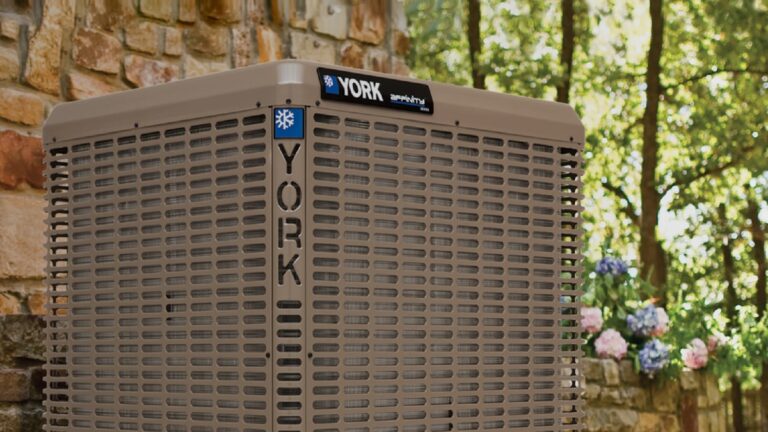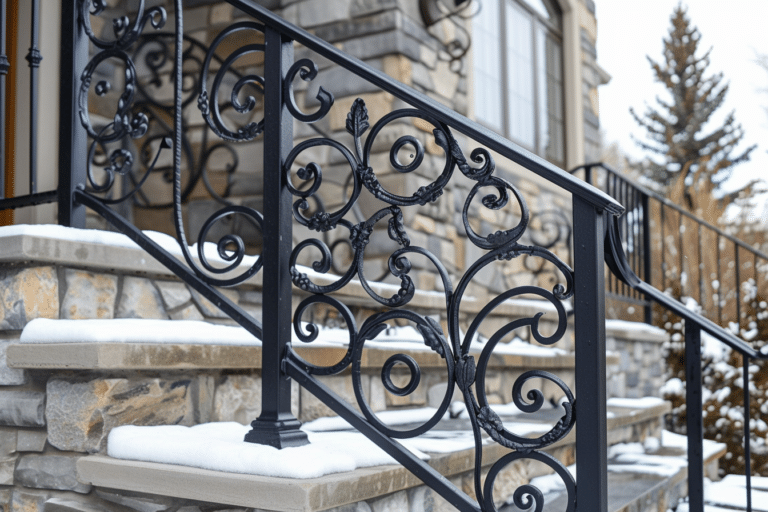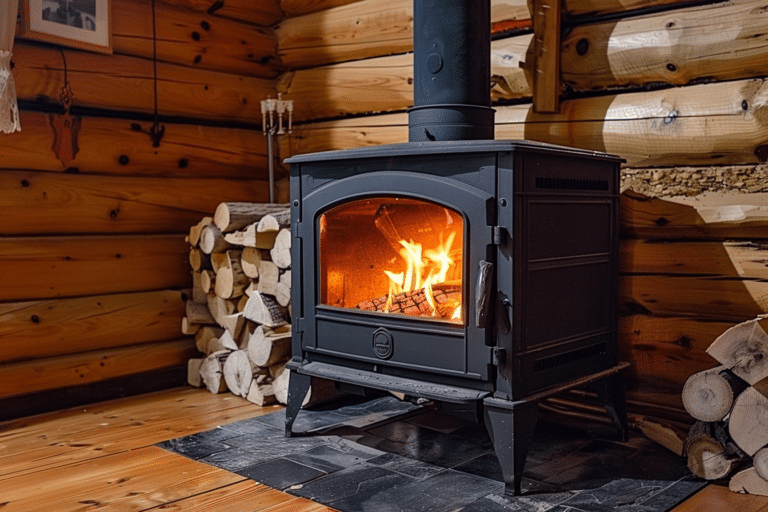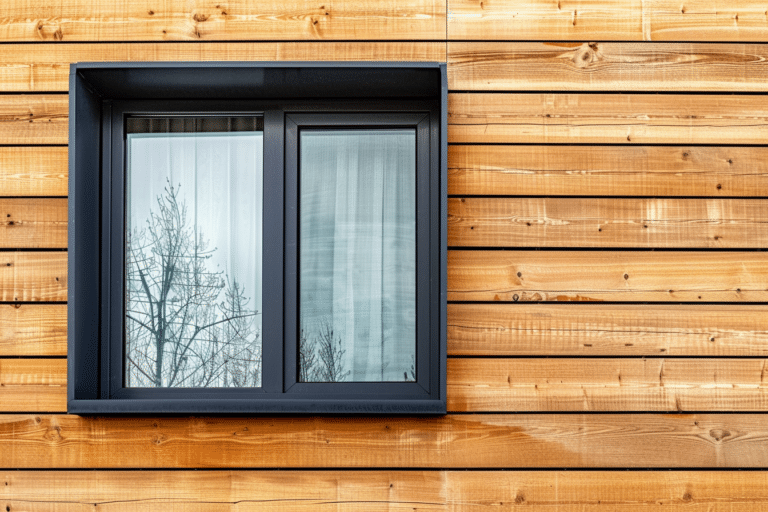Key Takeaways
| Key Point | Description |
|---|---|
| Purpose | Financial incentives for homeowners to upgrade to energy-efficient systems and installations. |
| Key Benefits | Reduce utility bills, lower carbon footprint, and potentially increase home value. |
| Eligible Areas | Electrical, heating, cooling, water heating, and other efficiency upgrades. |
| Tax Credit Range | From 30% of the cost with varying cap limits depending on the specific improvement. |
| Key Programs | Energy Efficient Home Improvement Credit, Residential Clean Energy Credit, HEEHRA rebates. |
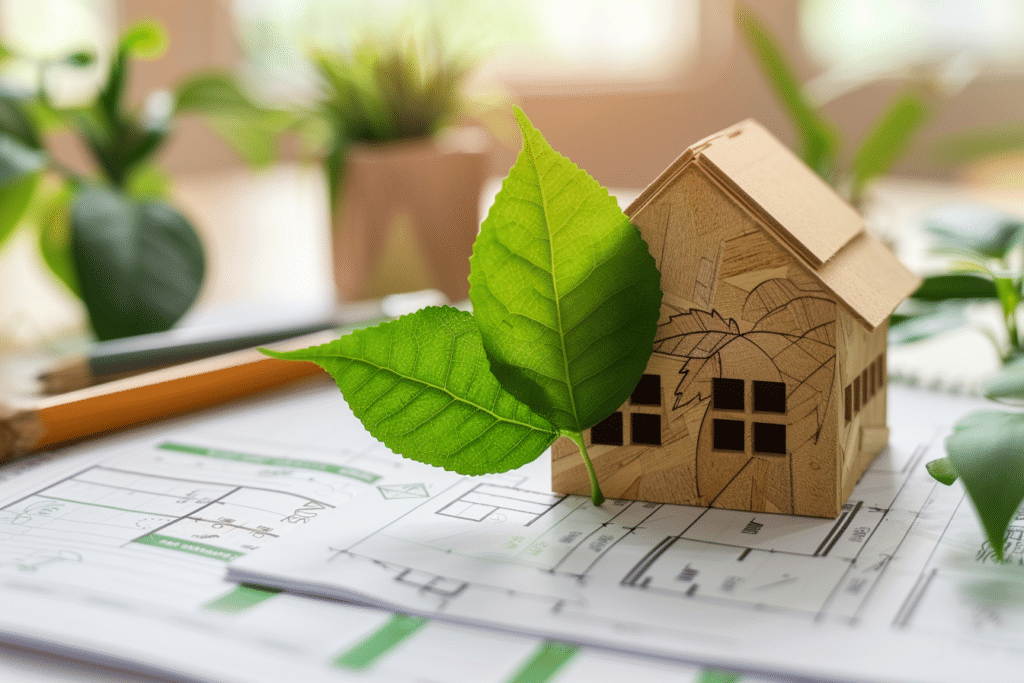
Because of the various tax credits for energy efficient home improvements, investing in such improvements not only contributes to environmental conservation, but it also provides financial benefits. This helps homeowners make informed decisions to maximize their savings and enhance energy efficiency.
Tax Credits for Energy Efficient Home Improvements
Tax credits for energy-efficient home improvements act as a powerful motivator for homeowners to implement sustainable and cost-effective solutions. Below is a detailed table summarizing the available tax credits based on different equipment types.
Tax Credits for Energy Efficient Home Improvements
| Equipment Type | Available Tax Credit |
|---|---|
| Electrical | |
| Solar electricity, Battery storage, Fuel cells, Wind turbine | 30% of cost |
| Electric panel or circuit upgrades for new equipment* | 30% of cost, up to $600 each |
| Heating, Cooling, & Water Heating | |
| Heat pumps, Heat pump water heaters, Biomass stoves | 30% of cost, up to $2,000 total |
| Geothermal heat pumps, Solar water heating | 30% of cost |
| Air conditioners, Heating equipment, Water heaters | 30% of cost, up to $600 each |
| Other Energy Efficiency Upgrade Expenses | |
| Home energy audits | 30% of cost, up to $150 each |
| Insulation materials | 30% of cost |
| Windows & skylights | 30% of cost, up to $600 total |
| Exterior doors | 30% of cost, up to $500 total (up to $250 each) |
| Home electric vehicle charger | 30% of cost, up to $1,000 |
Energy Efficient Home Improvement Credit
The Energy Efficient Home Improvement Credit incentivizes a wide range of home improvements. Key highlights include credits for installing solar panels, upgrading to energy-efficient heating and cooling systems, and enhancing home insulation.
Residential Clean Energy Credit
The Residential Clean Energy Credit supports the adoption of renewable energy sources. Worth noting, this credit can be used for investments like solar electricity systems and hybrid geothermal installations, allowing homeowners to directly offset the initial costs of these technologies.
High-Efficiency Electric Home Rebate Act (HEEHRA)
The HEEHRA offers specific rebates for qualified home improvements, focusing on high-efficiency electric upgrades. Below is a table outlining the maximum rebates available:
| Upgrade | Maximum Rebate* |
|---|---|
| Heat pump water heater | $1,750 |
| Heat pump for space heating or cooling | $8,000 |
| Electric stove/cooktop, Range/oven, Heat pump clothes dryer | $840 |
| Breaker box | $4,000 |
| Electric wiring | $2,500 |
| Weatherization (insulation, air sealing, ventilation) | $1,600 |
Alternative Fuel Vehicle Refueling Property Tax Credit
This tax credit is targeted toward homeowners who install charging stations for electric vehicles. By utilizing this credit, homeowners can offset the costs of adopting greener transportation options.

Energy Efficient Home Improvement FAQs
What Is ENERGY STAR?
ENERGY STAR is a government-backed symbol for energy efficiency, providing simple, credible, and unbiased information that consumers and businesses rely on to make well-informed decisions. Products that earn the ENERGY STAR label meet strict energy efficiency criteria set by the U.S. Environmental Protection Agency or the U.S. Department of Energy.
What Is A Home Energy Audit?
A home energy audit is a comprehensive assessment performed by a professional to identify areas where a home is losing energy and where efficiency improvements can be made. Audits often include tests for air leaks, insulation levels, and the functionality of heating and cooling systems.
Which Appliances Or Systems Waste The Most Electricity?
Older appliances and systems typically waste the most electricity. Common culprits include outdated refrigerators, air conditioning units, and heating systems. Investing in newer, ENERGY STAR-certified appliances can drastically reduce energy consumption.
Does Unplugging Appliances And Devices Save Money?
Yes, unplugging appliances and devices when not in use can save money. Many electronics consume a small amount of power even when turned off, known as phantom or standby power. Unplugging them eliminates this unnecessary electricity consumption and can reduce your energy bills over time.
Getting Quotes For Energy-Saving Home Improvements
Questions To Ask An Energy-Efficient Home Improvement Contractor
When planning energy-efficient home improvements, it’s crucial to gather detailed quotes and ask the right questions to ensure a transparent and successful project. Below are some important questions to consider:
- Are you certified or accredited in energy-efficient installations?
- What particular energy-efficient improvements do you recommend for my home?
- Can you provide references or case studies of past projects?
- What is the expected timeframe for completing the improvements?
- What warranties or guarantees do you offer on your work and the equipment installed?
- How do you handle permits and compliance with local building codes?
By addressing these questions and understanding the available tax credits for energy efficient home improvements and rebates, homeowners can make informed decisions that lead to long-term savings and enhanced energy efficiency.


